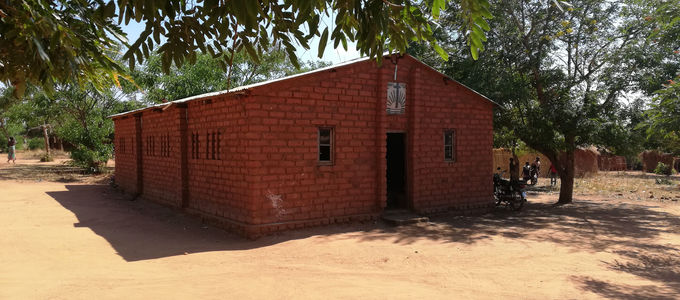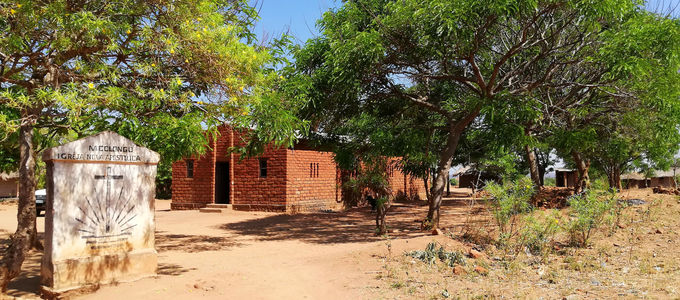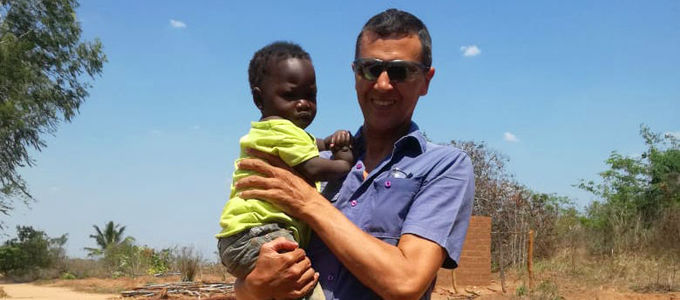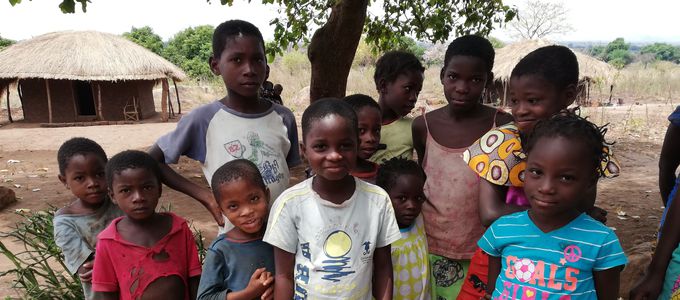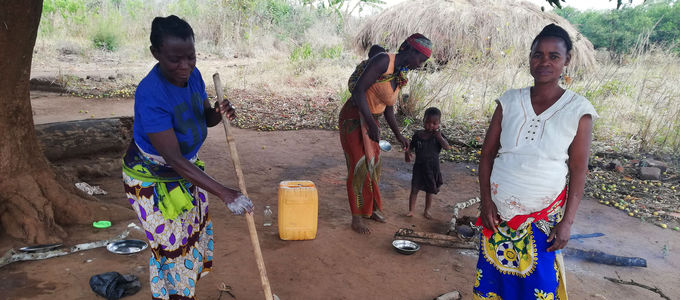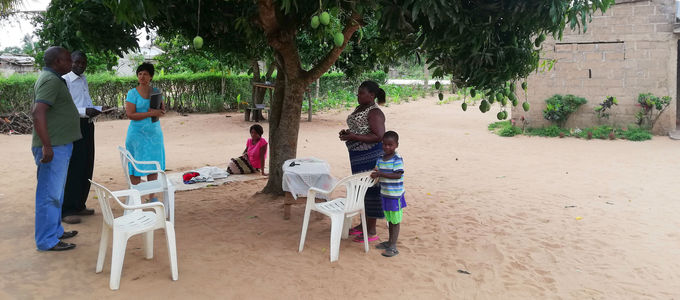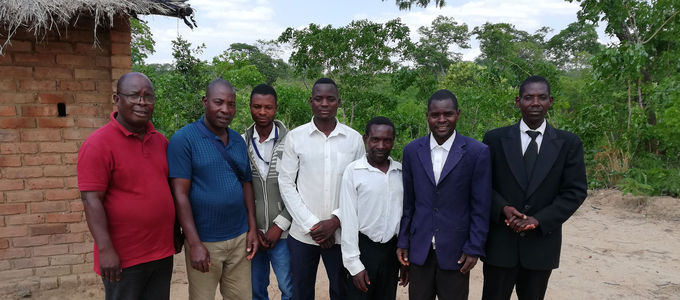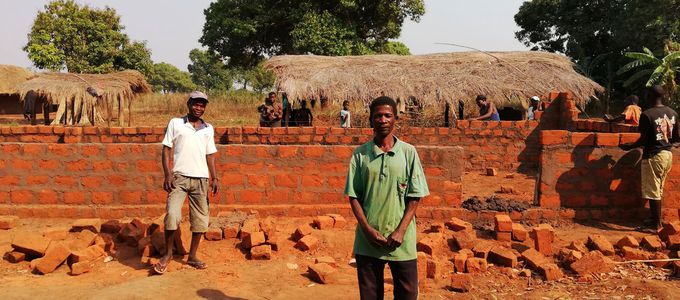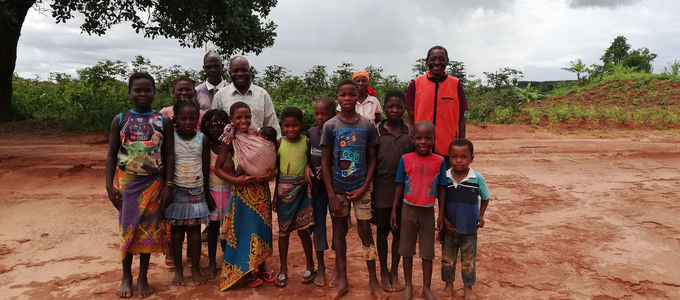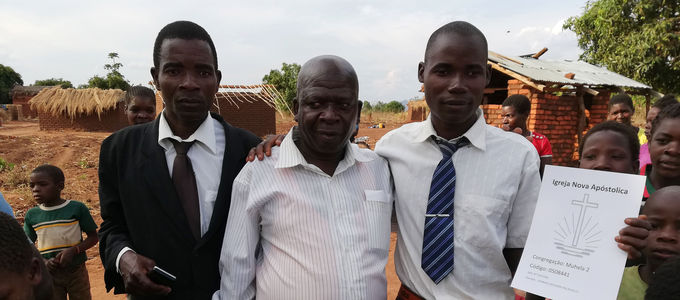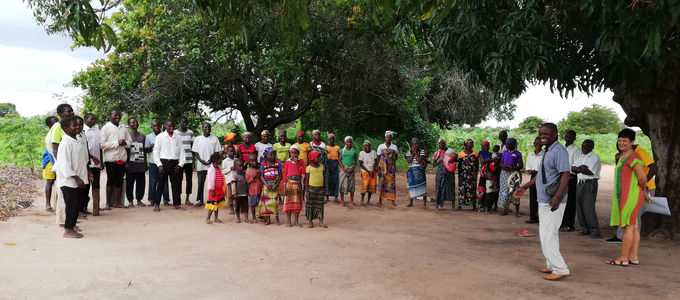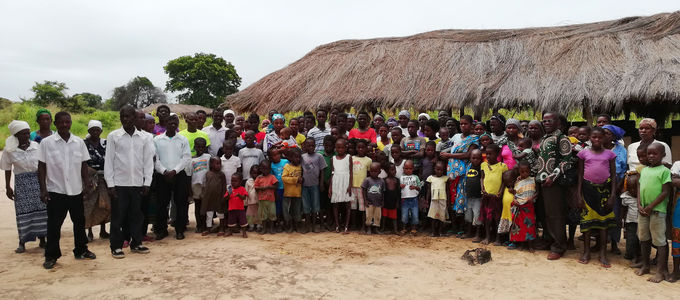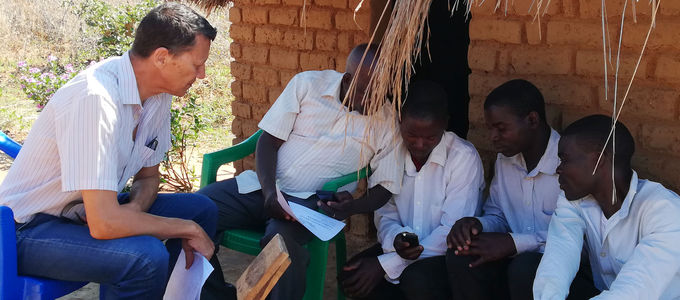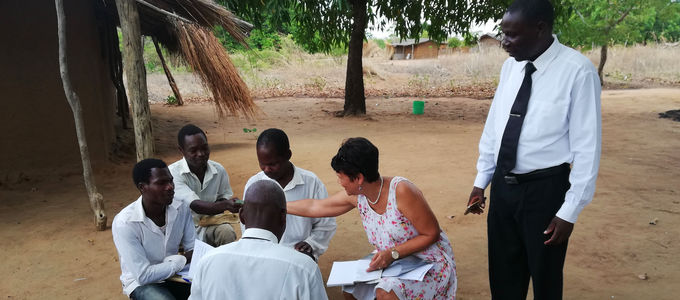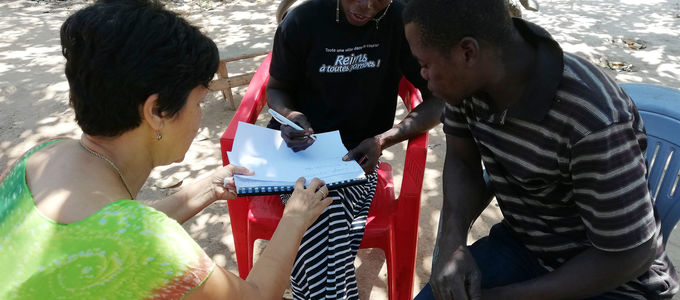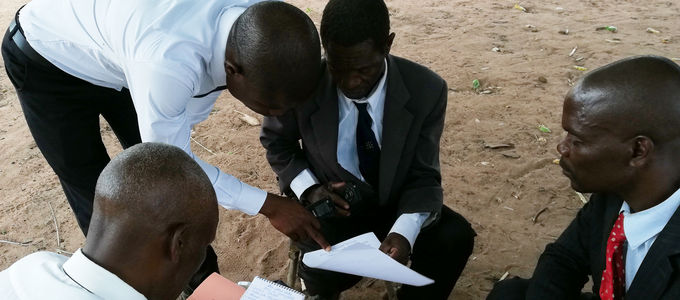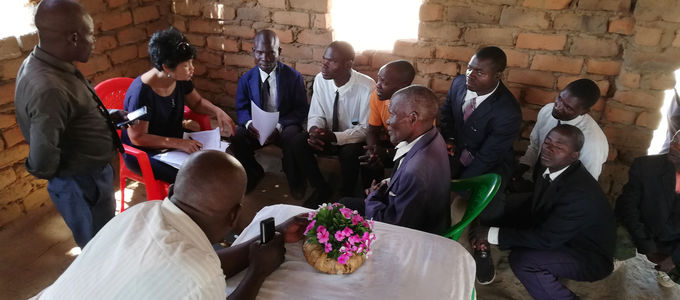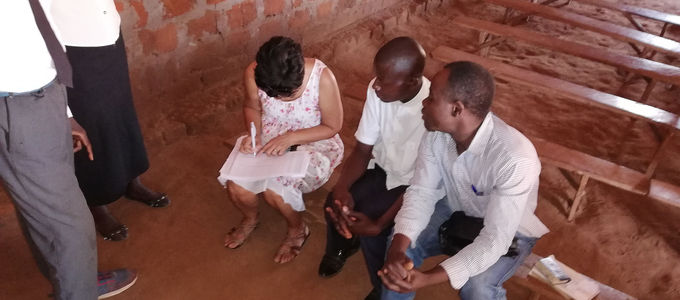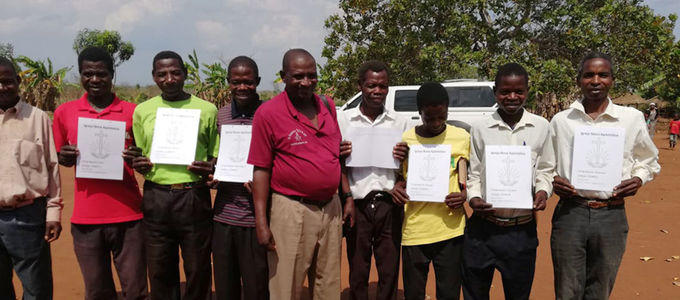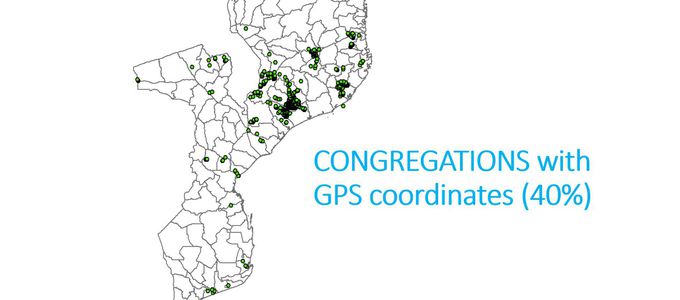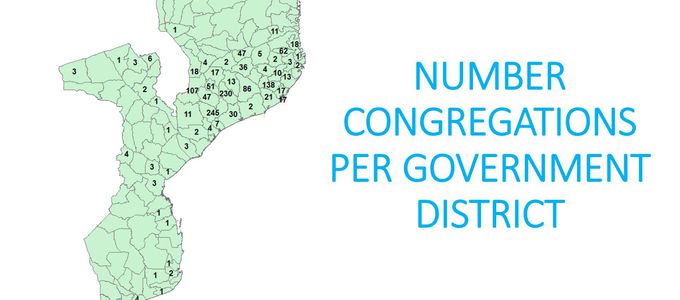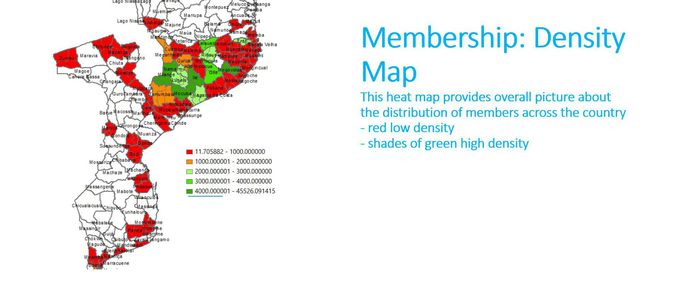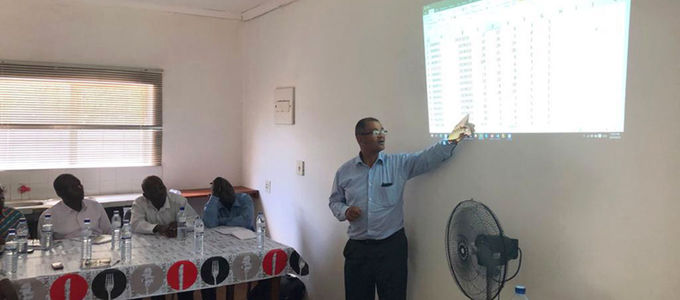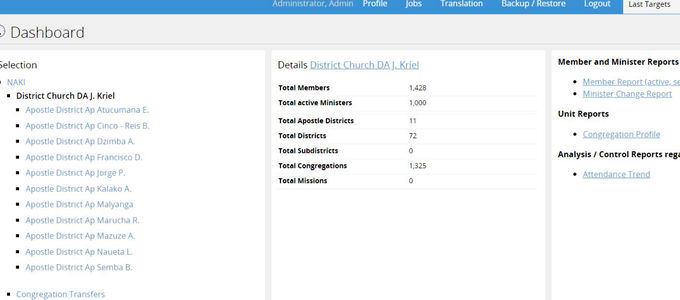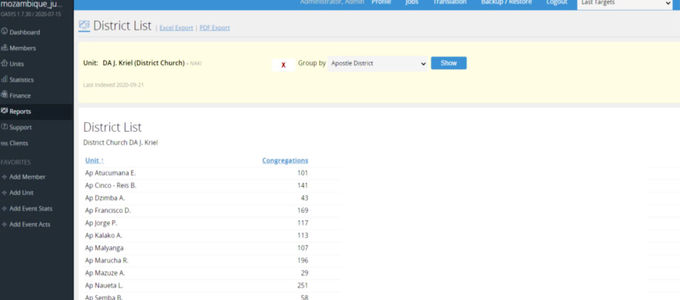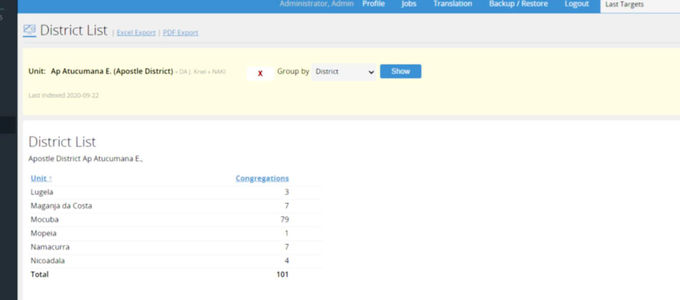Mozambique: mapping the New Apostolic Church (Part 3)
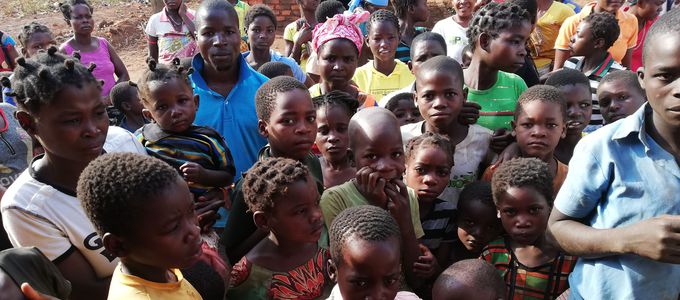
Thousands of pictures, GPS coordinates, addresses, phone numbers. Bishop Alvin Witten and his wife, Jean, are gathering enormous amounts of data. What is going to happen with all the data and who will have access to it?
Jean and Alvin Witten have been travelling across Mozambique for 13 months to collect GPS coordinates of congregations, and to take pictures of churches and ministers of the more than 1,300 congregations and sending the data to the responsible administrative offices in Cape Town (South Africa).
Time for fellowship
In spite of all the work there is also time for fellowship. Even this, however, can pose a bit of a challenge. The members are very welcoming, and every congregation wants to feed the travellers. While this is very festive for the congregation, it is also quite time-consuming. And time is something that the Bishop and his wife have little of. The next thing is that the members want to give the guests gifts when they leave, such as fruit and vegetables, or live chickens. The latter can be problematic, Bishop Witten recalls vividly: “Earlier on in our travels, we were able to visit nine congregations in one day. At each congregation we were given a live chicken.”
He says that they did not want to offend the people so they accepted the gifts. At the end of the day, they had a little farm of animals in the back of their utility vehicle. As they were driving, the chickens were bouncing from one corner to the other, making a terrible mess in the back of the van. In the end, the Apostle took them home with him.
Military activity: road block
To date, they have visited more than 500 congregations and covered nearly 100,000 kilometres. “While it can be quite pleasant in the villages, travelling to and from them is hazardous,” the Bishop says. “One of the worst experiences was when we travelled between Gorongosa and Inchope. Jean and I were alone in the vehicle.” Apostle Semba called, saying that he just wanted to say hello and tell them that he will remember them in prayer. A few minutes later, there was a police stop, which is nothing unusual in Mozambique. The Bishop edged his way past and crossed the bridge over the Gorongosa River.
They stopped to take a photo. While doing so, two military vehicles sped past them. They thought nothing of it. A few kilometres further, as they rounded a corner, they suddenly found themselves in the midst of military activity. “There was a lot of shouting and confusion, with military officials running at us and shouting. There were AK47 rifles everywhere. We didn’t even have time to think. A bus was on fire and there were people sitting by the side of the road. A terrible scene. The commander rushed up to us, shouting, wanting to know what we were doing here. He soon realised it was a mistake and shouted, ‘Espera, espera! (Wait, wait). Then he ordered his soldiers to fire into the bushes, and as they did, he shouted at us to go: ‘Vamos, vamos!’”
It was only after a few kilometres that it dawned on the Wittens what they had just experienced. “We had to stop at the side of the road, shaking, and had to catch our breath and to thank God for His protection. We realised then that the call from the Apostle had not been a coincidence.” Alvin and Jean Witten continued on their way to the next congregation for more GPS coordinates and pictures and conversations.
A digital map of the New Apostolic Church in Mozambique
Some 3,500 kilometres away, the retired Bishop Chris van Wyk, who works for the Church administrative offices, is busy processing the data. “He is the software champion,” Apostle Robert Worship says. Bishop van Wyk is receiving detailed information on more and more congregations, which he is feeding into the Church’s database OASYS. Apostle Worship is pleased: “To date, close to 600 congregations have been verified.”
Since Bishop Witten and his wife not only mapped the congregations in Mozambique but also showed the ministers how to capture statistical data, the congregations are now in position to report service participants and other required information by SMS. They are doing so diligently. After every divine service, Bishop van Wyk now receives text messages from the Mozambican congregations: “This provides us with a frequency distribution of congregation sizes,” the Bishop explains. And the maps that the computer specialist creates make the results visible.
International teamwork
“This is a major team effort by rectors, district rectors, and Apostles. However, we have a small technical team in our head office in Cape Town,” Bishop van Wyk says.
The congregational data is, however, not only intended for the Church’s database in Cape Town. The staff of the Finance and Reporting Services at the international head office of the New Apostolic Church in Zurich (Switzerland) are already waiting for the data. Once all the data has been fed into the Cape Town system, it can be added to the international database of the Church and be evaluated and published.
Brothers and sisters will soon be able to find out where the congregations are located, when the divine services are, and who the local contact is by consulting the international congregation database on the website http://addresses.nak.org and in nacmaps.







